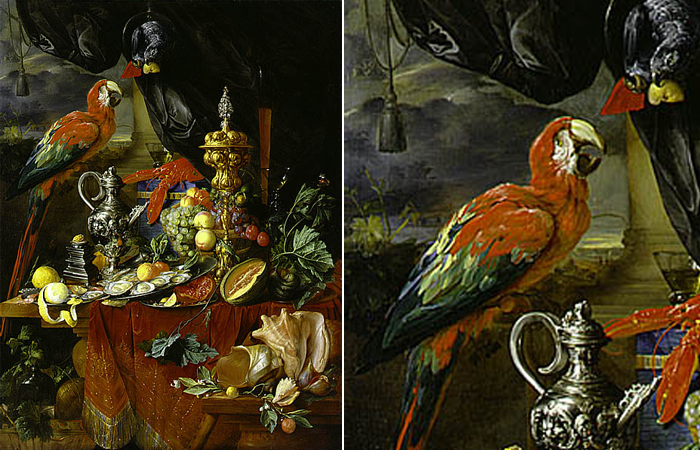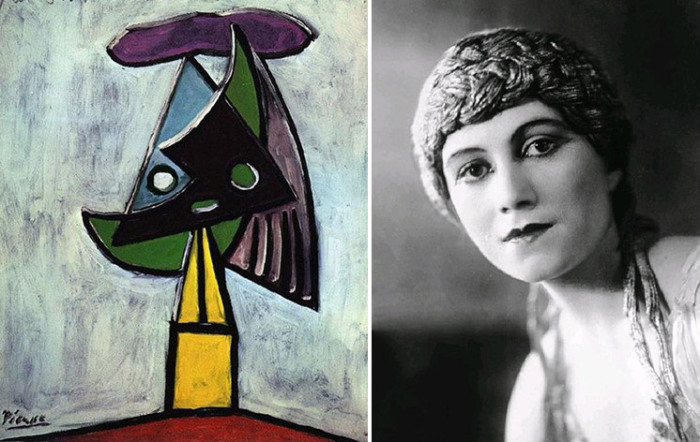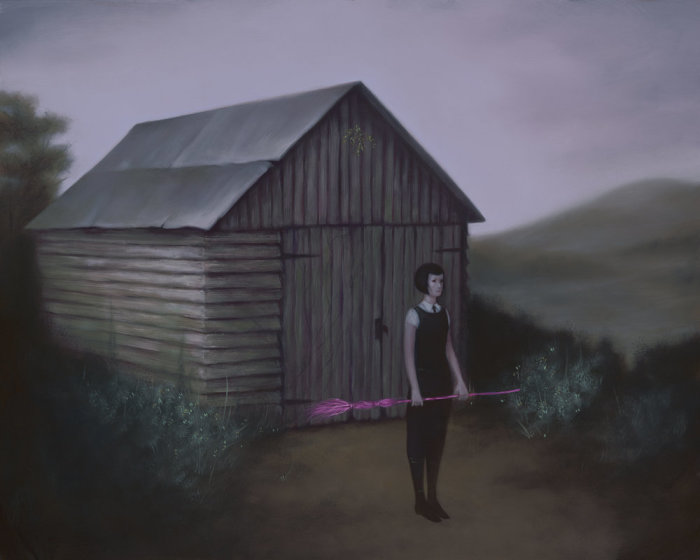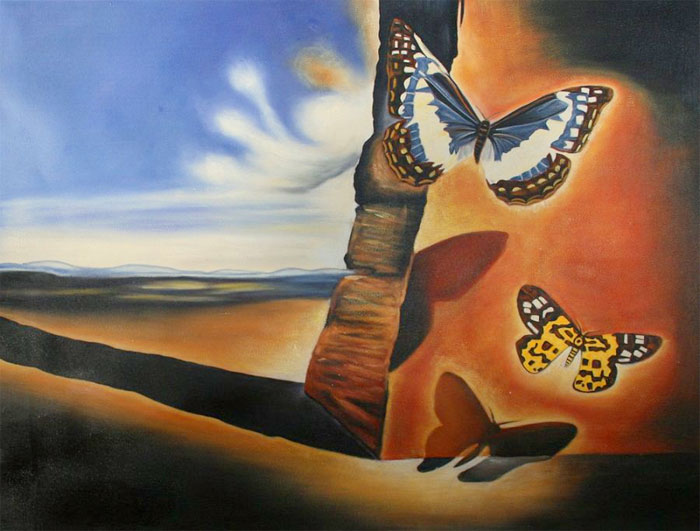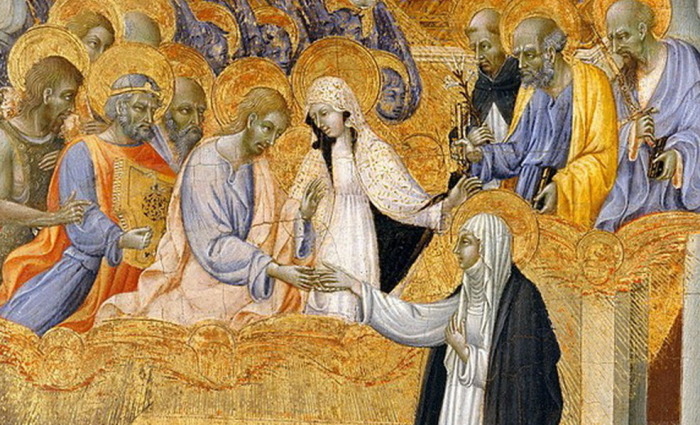modernist artists
Beloved woman of Boris Kustodiev, in whose name he overcame hellish pain and created his best works
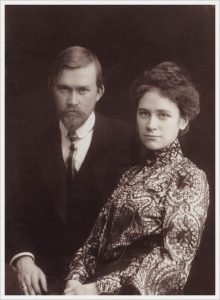 “Dear Yulik” – that’s what Boris Kustodiev called Yulia Proshinskaya, which was everything for the artist: a faithful and selfless wife, and the greatest love, and a devoted friend, and a muse-inspirer, and a guardian angel. She was an integral part of Boris himself, who, by the will of fate, ended up in a wheelchair. It was her courageous decision, when the question arose of what to keep her husband for life – arms or legs, allowed to extend for another 10 years the creative fate of the artist. And it was during this time that he created his best works, which were included in the golden fund of world art.
“Dear Yulik” – that’s what Boris Kustodiev called Yulia Proshinskaya, which was everything for the artist: a faithful and selfless wife, and the greatest love, and a devoted friend, and a muse-inspirer, and a guardian angel. She was an integral part of Boris himself, who, by the will of fate, ended up in a wheelchair. It was her courageous decision, when the question arose of what to keep her husband for life – arms or legs, allowed to extend for another 10 years the creative fate of the artist. And it was during this time that he created his best works, which were included in the golden fund of world art.
The talented painter fell not only great love, but also a difficult fate. Yes, and not only on himself, but also on the woman who walked a life path with him, despite the trials and troubles.
And today, in continuation of the theme of the wives of the great and famous masters of Russian painting – an amazing and heart-rending love story of the Kustodievs.
Fateful meeting Continue reading
Symbolism of the most mysterious stone: Women with pearls in the paintings of famous artists
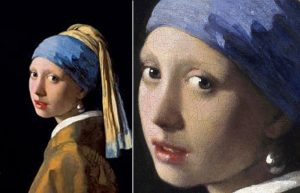 The dual nature of pearls has inspired artists at all times: pearls have been used for centuries as attributes of vanity, purity, innocence and even generosity. According to the National Gallery of Art, “symbolically, pearls were associated with vanity and worldly cares. Titian, for example, dyed Venus’s hair adorned with pearls. They can also represent purity, as can be seen from Lorenzo Lotto’s painting of St. Catherine.”
The dual nature of pearls has inspired artists at all times: pearls have been used for centuries as attributes of vanity, purity, innocence and even generosity. According to the National Gallery of Art, “symbolically, pearls were associated with vanity and worldly cares. Titian, for example, dyed Venus’s hair adorned with pearls. They can also represent purity, as can be seen from Lorenzo Lotto’s painting of St. Catherine.”
In 17th-century Dutch painting, pearls are depicted in earrings, necklaces and bracelets of heroines in portraits, historical paintings and vanitas objects. Perhaps the most famous painting with pearls is rightfully considered the “Girl with a Pearl Earring” by Jan Vermeer.
Jan Vermeer “Girl with a Pearl Earring” Continue reading
“Love Letter” by Jan Vermeer: Why the lute is central to the picture
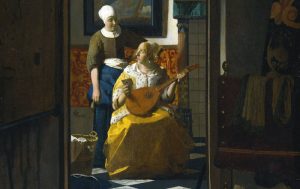 At the first glance at Jan Vermeer’s famous painting “Love Letter”, the name seems far-fetched, because the letter itself is hardly noticeable. But the lute in the hands of a woman plays a much more significant symbolic role. What does the letter contain? And what does the lute matter in the picture?
At the first glance at Jan Vermeer’s famous painting “Love Letter”, the name seems far-fetched, because the letter itself is hardly noticeable. But the lute in the hands of a woman plays a much more significant symbolic role. What does the letter contain? And what does the lute matter in the picture?
Genre painting
The paintings, which allow the observer to look at the everyday life of the depicted people, were especially popular in the XVII and XVIII centuries. They are called genre paintings, and Dutch genre art occupies an undeniable place at this stage in the history of art. A particularly popular topic was symbolism. Pictures depicting love letters can be attributed to a separate category of genre painting. Artists such as Jan Vermeer, Gabriel Metsu and Samuel van Hoogstrate have contributed to the world of art with canvases of this plot. Continue reading
